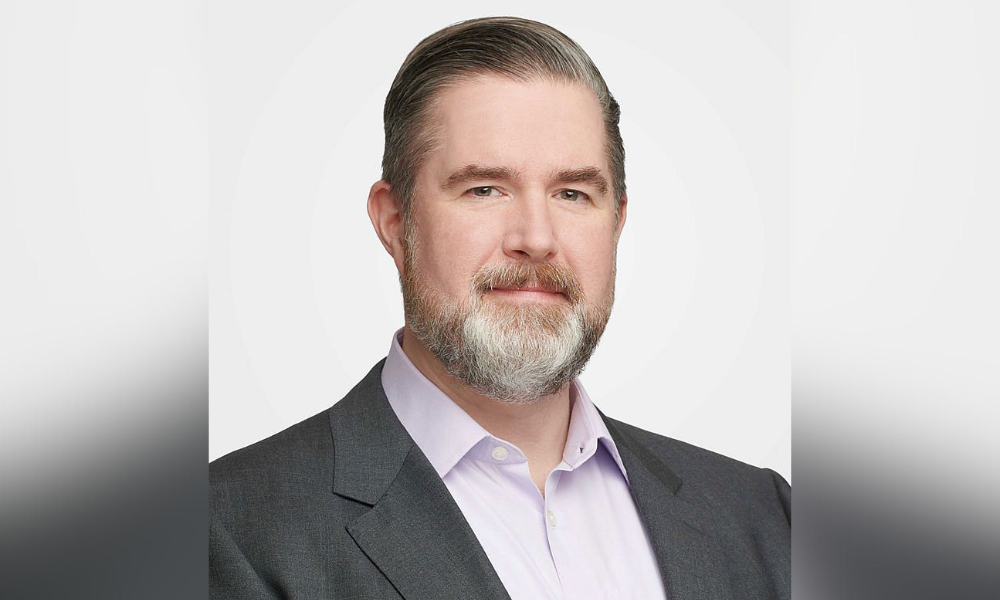Despite volatile economic conditions, defined benefit plan stood tall

During a year when defined benefit pension plans posted ‘hard-hitting’ losses amid volatile global economic conditions, maintaining a healthy funding and liquidity position remained the top priority, and that is what University Pension Plan of Ontario (UPP) achieved in 2022.
2022 was UPP’s first full operational year as a pension provider. The plan was able to maintain a healthy funding position for the year at 103.3% with a $0.4 billion funding surplus. UPP’s portfolio posted a 9.1% net loss in 2022, but it outperformed median defined benefit pension returns in Canada by 3.3%.
“2022 was one of the more difficult years I’ve seen in my 20+ years of being in finance and investing,” says Aaron Bennett, UPP’s chief investment officer. “So, in that context and in the context that we had a portfolio in transition – we really only gained control of the entire portfolio in April 2022 – we were able to produce numbers that were better than the median of our broader defined benefit peer group.
“Most importantly, and the key position for us, is we remained well funded and well positioned to deliver on the benefits that our members expect of us. We were able to support them through a period of very high inflation as well with increased payments. So, given the context of an incredibly difficult backdrop and the transitional state of our portfolio, we had a good result.”
UPP was created in 2021 by three universities – University of Toronto, Queen’s University, and University of Guelph – to take on the pension assets for both staff and faculty.
Provide benefits of scale
“Our total assets are around $11 billion, and we manage all of those assets as a single, coherent, cost-effective pension fund, with the goal to create a resilient portfolio that meets the needs of our members and provide them the benefits of scale,” says Bennett.
The UPP team took on the assets, largely fully invested across a variety of different strategies and portfolios. They got to work quickly and made significant headway throughout 2022. They wanted to find ways to capture returns and lower costs while at the same time lowering risk for members.
“We focused on consolidating elements, particularly on the liquid side of the business to public markets, fixed income, public equities, and hedge funds, and finding ways to reduce costs, increase returns, and line them up with our target asset mix that was designed to produce a resilient portfolio and fund the liabilities. We also set strategies to determine how to provide more benefits of scale.
“Within the year, we were able to recruit the team, do the pipeline development, and ultimately make our first new investment in an infrastructure fund before the end of 2022. We’re really excited about that.”
As well, “the team was able to negotiate with existing managers to find ways to lower costs on the existing portfolio. So, along with many of the moves we made on the public markets, that put us in a position to provide a more resilient portfolio. Now, we want to provide a portfolio that provides positive returns over the longer term. And we feel that given the foundation that we built so far, we're really well positioned to come to fruition and benefit our members.”
Committed to sustainability
“This was another exciting element that we were able to introduce in 2022. We were able to reduce our carbon footprint over the course of 2022, and kept on track to meet our net zero commitment – net-zero portfolio emissions by 2040 or sooner.”
Aside from a responsible investment strategy, “we want to find ways to apply this lens of climate change, and diversity, equity and inclusion (DEI), to our manager selection and that’s going to put is in a better position and help us do a better job of capturing return and managing risk.”
The organization wants to “walk the talk” when it comes to sustainable practices. “We've spent time this year really looking at our own operations because it seems only fair that if we're going to work with companies and hold them accountable in achieving their own net zero targets, that we need to have our own net zero targets.”
Bennett says he’s proud of what UPP has accomplished so far and to be a part of a such a high quality team. “We had none of the infrastructure when we started out in July 2021. By April 2022, we had built out the infrastructure to fully take control of this entire portfolio in a short period of time and with a limited number of people. Despite these challenges and the challenges from economic volatility, the performance we had put us in a position where we were able to make the additional payments to members because we are indexed to inflation. We were also able to achieve our first new investment in infrastructure towards the end of the year with a global leader in digital infrastructure.”
He adds, “We are really well positioned with a great foundation to build from here to grow. We are open for business and that includes new members and new partners in the investment world.”



